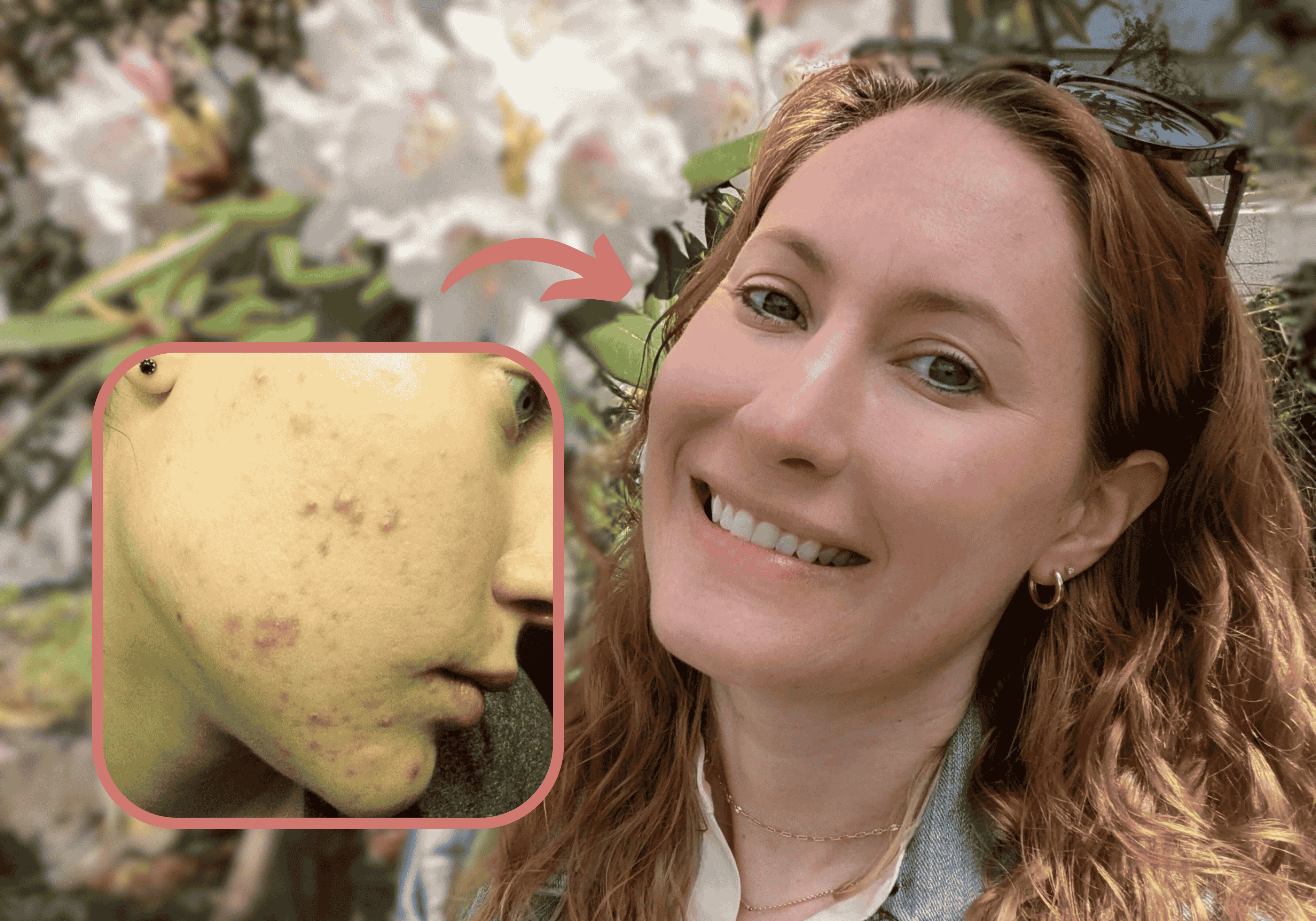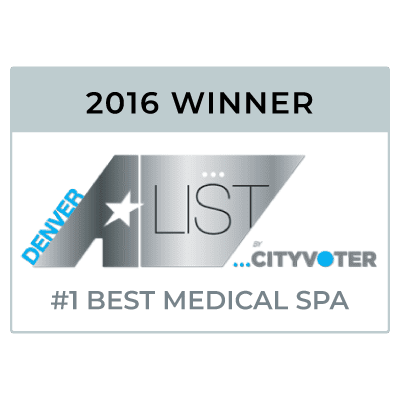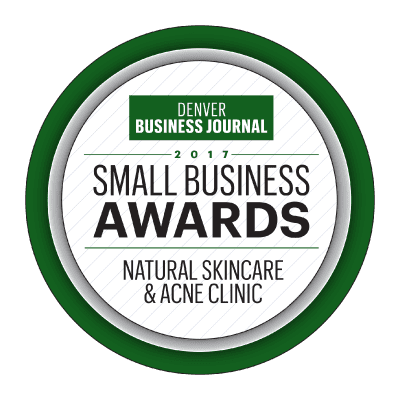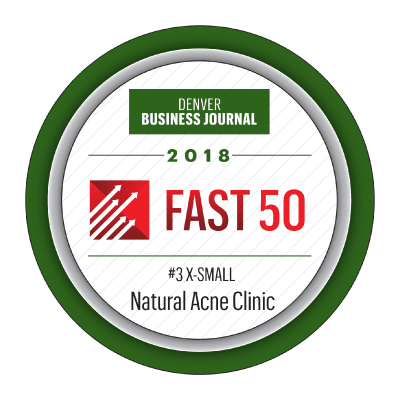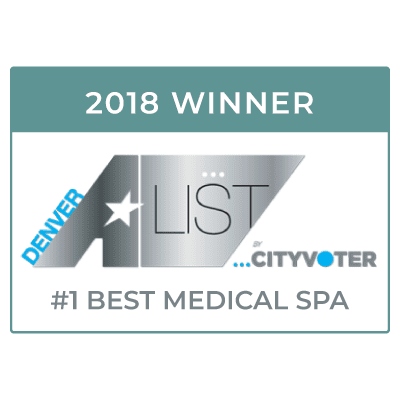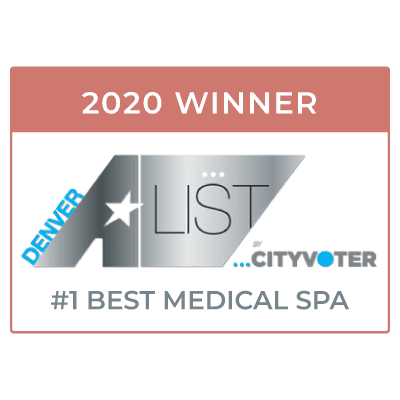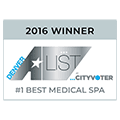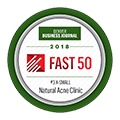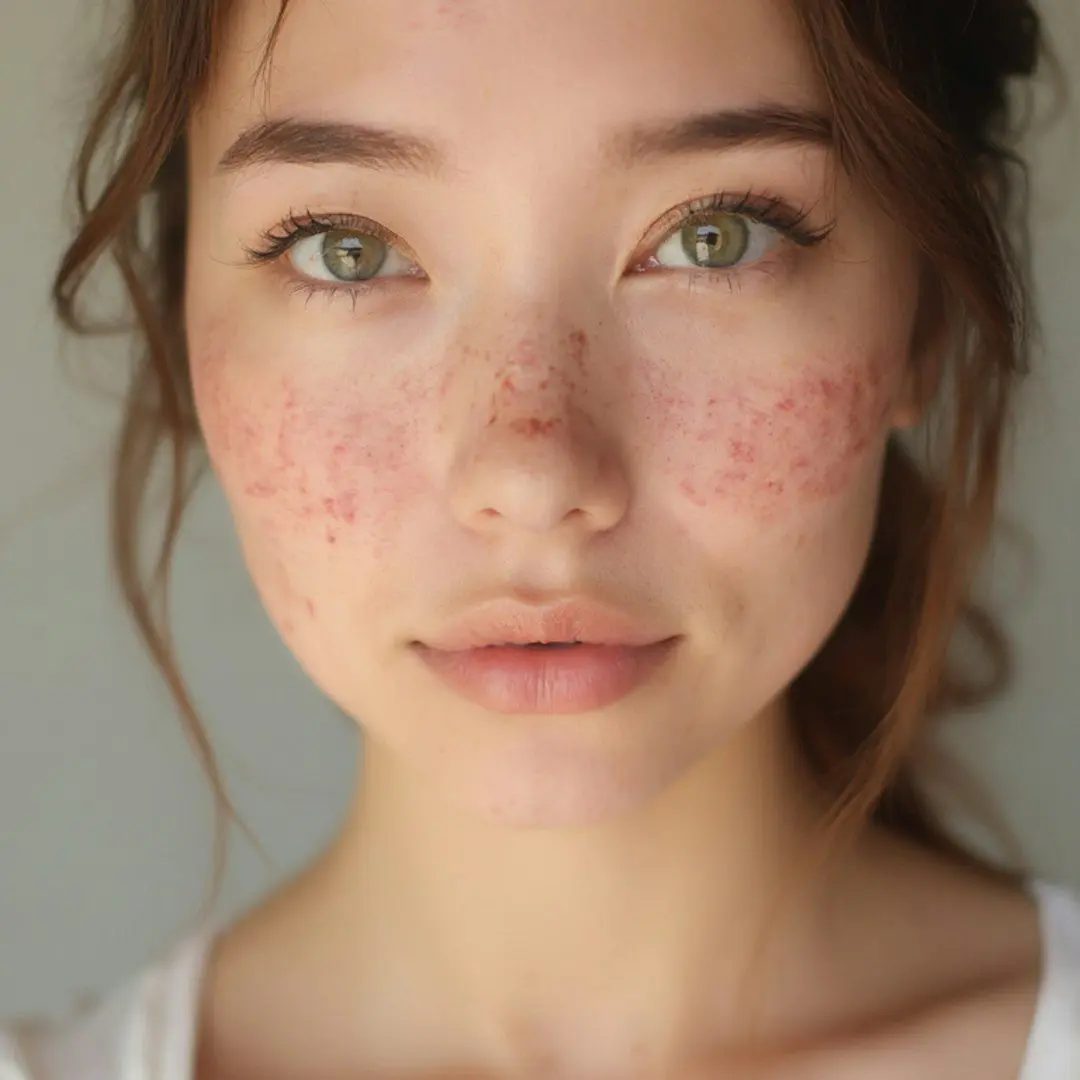
If you thought acne was supposed to be a teenage problem, welcome to the not-so-fun reality of adult acne. You’re not alone in wondering why your skin decided to rebel right when you thought you had your life together.
At Natural Acne Clinic, we hear it all the time:
“I never had acne as a teenager, but now my skin is a mess.”
“My acne was mild in high school, but now in my 30s it’s worse than ever.”
The truth is, adult breakouts are incredibly common- and they’re not your fault. There are real biological reasons why your skin may be acting up now more than it did in your teens. So, understanding these reasons is the first step toward finally getting your clear skin back.
The Myth That Acne Disappears with Age
Clinical trial data revealed that approximately 50% of women in their 20s, 33% of women in their 30s, and 25% of women in their 40s suffer from acne (Yale Medicine on Acne)- and for many, breakouts actually get worse with age. So, if you’re seeing new breakouts in your adult years, you’re not an outlier; you’re part of a very common group.
The issue is that teen acne and adult acne aren’t driven by the same factors. They may look similar on the surface, but the root causes are different.
Why Adult Acne in Your 30s Is Different
Here's what's really happening with your skin in this decade of life:
- Hormonal shifts become more dramatic. Unlike the steady hormone surges of puberty, adult hormones fluctuate monthly, and imbalances become more obvious as estrogen levels decline while androgens remain stable (NIH on hormone changes with age).
- Stress compounds over time. Career pressure, relationships, and financial responsibilities keep cortisol levels elevated, disrupting hormones and increasing inflammation (Cleveland Clinic on stress and health).
- Your skin barrier changes. As you age, oil production decreases, but your skin often overcompensates, creating clogged pores and breakouts.
- Environmental damage builds up. Years of sun exposure, pollution, and toxins add up, leaving your skin more reactive (PubMed on Pollution and Sun Exposure)
Related read: How Stress Affects Acne: Can Worrying Make Things Worse?

The Perimenopause Connection
Even women in their early 30s can experience the first stages of perimenopause. During this time, estrogen starts to fluctuate while androgens stay steady, creating a hormonal imbalance that shows up on your skin.
Many women notice a predictable breakout pattern around their cycle, especially in the week or two before their period when estrogen drops and androgens take the lead (Office on Women’s Health). As a result, skin becomes more breakout-prone during those weeks.
How Modern Life Creates a Perfect Storm for Breakouts
Today’s lifestyle brings new stressors your teenage self never had to deal with:
- Chronic sleep deprivation from busy schedules and screen time disrupts repair and hormone regulation (CDC on sleep and health).
- Processed foods cause blood sugar spikes and crashes, which trigger both cortisol and insulin responses.
- Constant connectivity keeps your nervous system in “stress mode” 24/7.
- Environmental toxins from plastics, cleaning products, and pollution overwhelm your detox systems.
- Sedentary habits reduce circulation and lymphatic drainage, slowing your body’s ability to eliminate waste.
- Stopping hormonal birth control can cause a temporary surge in androgens, triggering excess oil production and breakouts as your body readjusts.
Learn more: 5 Ways to Avoid Acne After Stopping Birth Control
Each factor may seem small, but together they create the perfect storm for acne in your adult years. Therefore, a modern approach to treatment must account for all these influences.

Why Your Teenage Acne Treatments Don’t Work Anymore
If you’re reaching for the same harsh scrubs and strong topicals you used as a teen, you’re probably frustrated by lackluster results- or worse, irritated skin. Adult skin is more sensitive and needs a gentler, barrier-supporting approach.
In addition, adult acne requires addressing internal factors like diet, stress management, and hormonal health- things you probably never thought about in high school. Meanwhile, skin continues to change, which makes gentle consistency even more important.
What Actually Helps with Adult Acne in Your 30s
The good news? With the right approach, adult acne responds beautifully. The key is supporting your skin and body instead of fighting against them.
- Balance hormones with gentle, yet effective herbs and supplements.
- Support stress resilience with targeted nutrients and daily practices.
- Prioritize quality sleep to allow proper hormone regulation.
- Identify hidden triggers like food sensitivities or gut imbalances.
- Use acne-safe skincare that strengthens your barrier without clogging pores.
Above all, treating adult acne requires patience and professional guidance. The root causes develop over years, so when you address them systematically, you’ll see lasting results.
You Don’t Have to Choose Between Clear Skin and Aging Gracefully
One of the hardest parts of adult acne is feeling like you’re battling teenage problems while also worrying about fine lines. But the truth is, you don’t have to choose.
At Natural Acne Clinic, we’ve helped thousands of clients clear their skin while also supporting long-term skin health. Our inside-out and outside-in approach gets to the root of adult acne while protecting against premature aging. We even carry acne-safe, healthy aging serums designed to smooth fine lines and support your skin barrier- without clogging pores or triggering breakouts.
You haven’t failed at clearing your skin. Acne in your 30s is complex, but it’s absolutely treatable. Ultimately, with the right plan, you can have clear, healthy skin at any age.
Ready for answers? Book your 1:1 Skin Analysis with a Clear Skin Specialist and discover a personalized solution for your clear skin journey.
